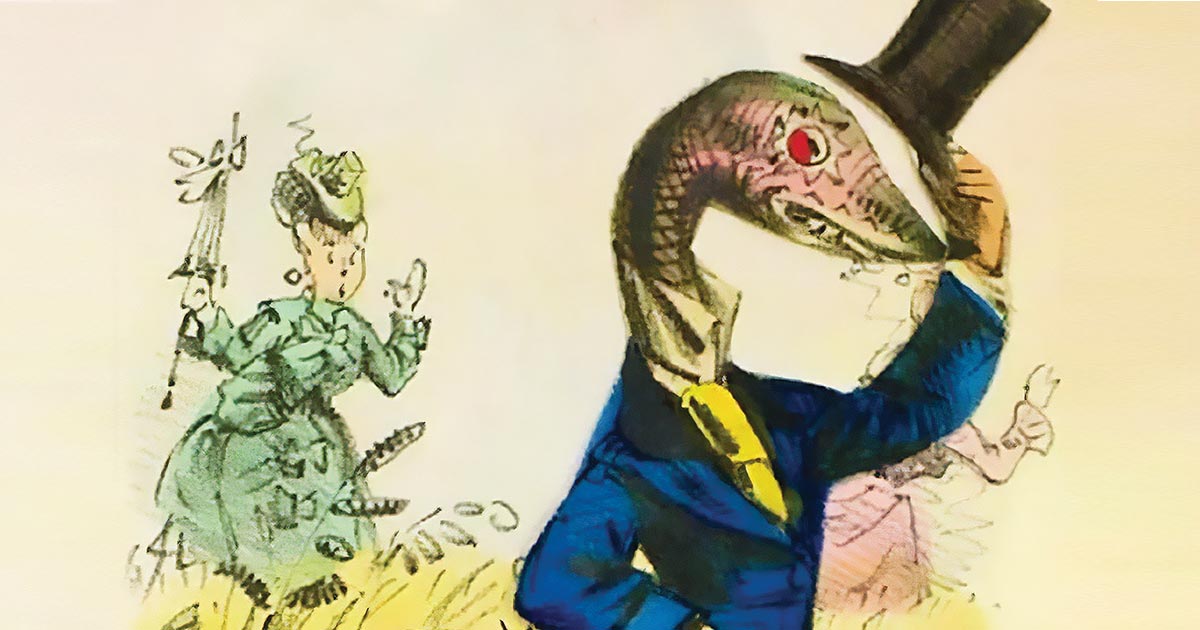By RANDAL C. HILL
It may seem hard to believe, but not so long ago about half of all Valentine’s Day messages sent contained grotesque caricatures of the intended recipient and mean-spirited, truly hurtful notices intended to drive the knife a little deeper. Sadly, such negativity lives on to this day, but now in a much different form.
By the 1840s, people in both England and the United States were creating Valentine’s Day missives of heartfelt poetry, often illustrated by elaborate flourishes that were mailed in quilted-paper cards and bound in festive ribbons. Then improvements in the printing process and paper production heralded a boom in the sale of mass-produced valentines.
Before long, however, an unexpected sea change began to place. It started quietly, a mere ripple that gradually swelled into a tidal wave.
Some pranksters had enjoyed mailing valentines that involved gentle teasing—a little joke here, a little poke there—meant to produce a smile. But, over time, the mood of such messages soured and slowly turned increasingly crass and, eventually, despicable. By being sent anonymously, such vitriol could easily sting with insults that would normally never be spoken to another’s face.
They became known as “vinegar valentines” and were the popular evil twin of the traditional, positive gesture. Printers, of course, were delighted with the extra revenue, as such one-penny-each products were easy to produce on cheap, flimsy sheets of paper that were then folded and sealed with a dab of wax.
In the mid-1800s, people could mail cards without a stamp, which meant that someone receiving such cruelty would also have to pay the postage (also one penny) before reading the snarky contents. (Talk about adding insult to injury!)
Anybody, it seemed, was considered fair game—neighbors, relatives, employers, friends, and colleagues, people from all walks of life and placement on the social hierarchy. Sometimes the messages targeted unwanted suitors, but many others made fun of one’s age, weight, looks, occupation or marital status, as well as any number of human foibles.
One often-maligned group was the suffragettes, women attempting to secure voting rights for themselves. A suffragette might get a vinegar valentine claiming:
Your vote from me you will not get
I don’t want a preaching suffragette.
But those who mailed the cards sometimes got their comeuppance, as a popular retort (assuming the original sender could be identified) might simply be a terse but powerful threat:
No vote, no kiss
So take that, fella!
In time, people tired of the relentless negativity, and vinegar valentines slowly disappeared, giving way to “normal” February 14th cards featuring positive, loving messages.
Today, collectors of 19th century ephemera have little trouble in locating traditional Valentine’s Day cards, but finding surviving vinegar valentines is much more difficult, as recipients back then usually burned or trashed the items right after reading.
Regrettably, the modern-day equivalent of these valentines—messages of bullying, insults, even threats—flourishes today via any number of social media sites. And isn’t that a pity? ISI












